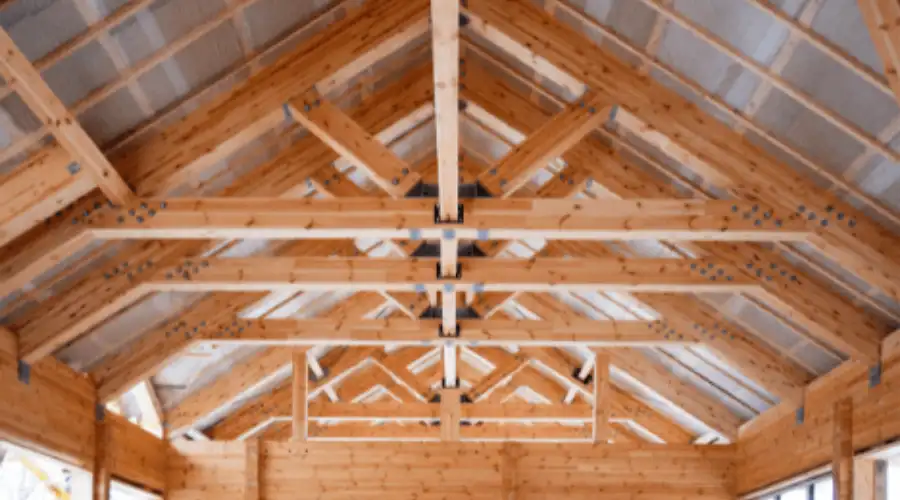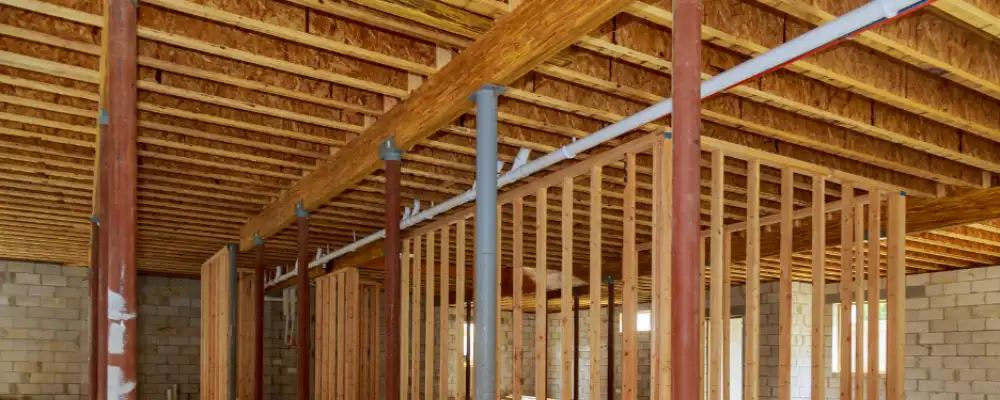Have you thought about what makes a building stand up to all the different forces at the same time? You need to think about load combinations!
These include all of the forces acting on a structure: dead load, live loads, wind loads, seismic loads, and snow load. If you’re a student, considering load combinations is a cognitive model that will greatly aid you in your future designs.
If you are an engineer already, guidelines such as ASCE 7 or IS 456 maximize how your structures perform under different loads. This is the kind of knowledge that enhances your work and contributes to the safety of buildings.
What is Load Combination?
Load combinations are a critical concept in structural engineering where different types of loads—such as dead load, live load, wind load, snow load, and seismic load—are applied together in various scenarios to reflect real-life conditions a structure may face during its lifespan. The goal is to assess the structure’s ability to withstand not just individual loads but also their potential combined effects, especially during extreme events. For example, a building might experience both live load (from occupants) and wind load simultaneously.
In India, structural design codes like IS 875 and IS 1893 provide standard load combinations to be considered for safe and serviceable design.
Impact of Load Combinations,
- Stress and Strain: They affect internal stresses within structural components.
- Deformation: Influences the structure’s deflection and overall deformation.
- Member Sizing: Guide the dimensions of beams and columns.
- Foundation Design: Ensure foundations can support varying load conditions.
Importance of Load Combinations in Structural Design
- Enhanced Safety: Ensures the building is safe under multiple simultaneous loads, such as live load and wind or seismic forces.
- Regulatory Compliance: Often mandated by local building codes and regulations to meet minimum safety standards.
- Optimized Design: Helps avoid overdesign (which wastes money) or underdesign (which compromises safety).
- Predictive Value: Alerts designers to rare but critical scenarios, like an earthquake occurring alongside occupancy loads.
Key Types of Loads
1. Dead Load (DL)
Consists of the weights or permanent loads which are stationary and the structure is sustained by them during its entire life; these are the weights of beams, walls, roofs, columns, etc. These are estimated by calculating the volume of each part and then multiplying it by the unit weight of the materials (e.g., brick masonry, concrete) used.
2. Imposed or Live Loads (IL/LL)
Illustrate such dynamic forces as furniture, movable partitions, and occupancy-related loads. These loads change with time and also depend on the purpose of the building. Indian Standard Code IS 875 Part 2 (1987) indicates the minimum values of live load for various building types, taking into account such factors as residential, commercial, or institutional usage.
3. Wind Loads
These are the thrusts in the horizontal direction that are caused by the movement of the air, particularly in high-rise or tall buildings. They are figured out based on the wind speed and the dimensions of the building as laid down in IS-875 (Part 3). The wind pressure becomes higher with height, particularly for buildings that are more than 30 meters tall.
4. Snow Loads
Vertical loads that occur in areas prone to snow. These loads are considered in roof designs where snow accumulation is expected, calculated using the ground snow load.
5. Earthquake Loads (EL)
Horizontal and vertical forces are generated by seismic vibrations. The building’s response to these forces depends on the soil, structure size, and earthquake intensity, as per IS 1893-2014.
Load Combinations for Different Building Types

In India, structural design for buildings must adhere to load combination guidelines specified in IS 875 and other relevant Indian Standards (IS codes). These combinations ensure that the structure can safely withstand various conditions, such as dead loads, live loads, wind loads, and earthquake loads. The specific load combinations and factors depend on the building type and the applicable code.
- Limit State of Collapse
- 1.5 DL ± 1.5 LL
- 1.5 DL ± 1.5 WL
- 1.5 DL ± 1.5 EL
- 0.9 DL ± 1.5 WL
- 0.9 DL ± 1.5 EL
- 1.2 DL ± 1.2 LL ± 1.2 WL
- 1.2 DL ± 1.2 LL ± 1.2 EL
- Limit State of Serviceability
- 1.0 DL ± 1.0 LL
- 1.0 DL ± 1.0 WL
- 1.0 DL ± 1.0 EL
- 1.0 DL ± 0.8 LL ± 0.8 WL
- 1.0 DL ± 0.8 LL ± 0.8 EL
Important Considerations,
- IS 875 (Parts 1-5) outlines guidelines for various loads.
- IS 1893 focuses on earthquake-resistant design.
- IS 800 is for steel structures, while IS 456 deals with concrete structures.
- Software like STAAD.Pro is used to analyze load combinations.
- Foundation design requires consideration of bearing capacity, as guided by IS 6403.
Challenges in Applying Load Combinations
- Complexity: Requires a detailed understanding of various design codes and engineering judgment.
- Conservatism: Overly conservative combinations may lead to unnecessary construction costs without added safety.
- Time-Consuming: Analyzing multiple combinations can be resource-intensive, especially for large or intricate projects.
- Code Variability: Design codes differ by region, sometimes requiring specialized local knowledge or expertise.
Conclusion
Load combination is a key aspect of modern structural engineering, allowing engineers to design buildings that can safely withstand a variety of load scenarios. Following standard codes and using the right analysis tools helps create designs that are safe, durable, and economical. As urbanization increases and environmental conditions grow more extreme, a thoughtful and consistent approach to load combinations will be essential for building resilient and future-ready structures.

